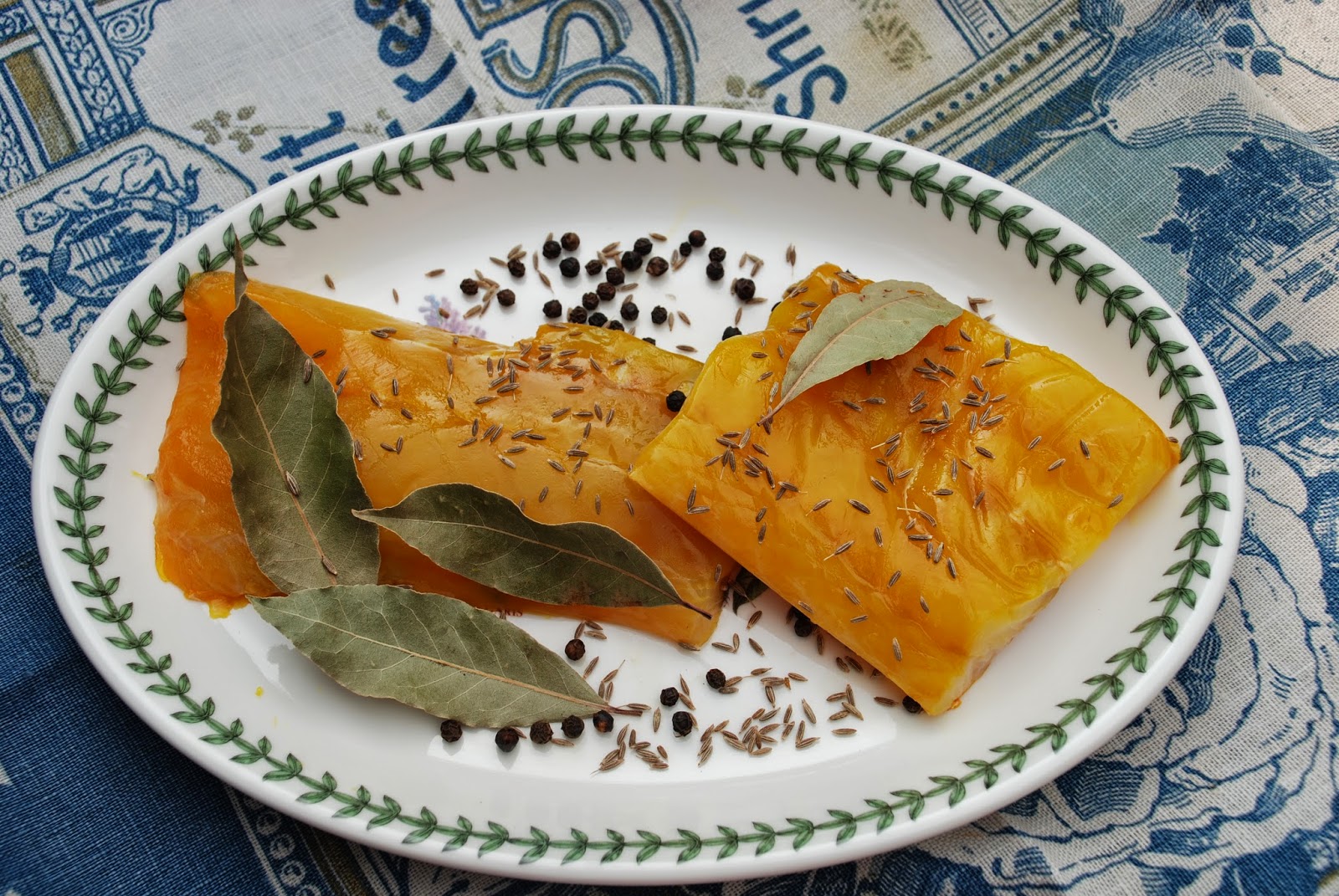A couple of weeks' ago, Emi and I had a big day out with my very, very dear friend Jenny who was celebrating her birthday. We decided to head out of the Big Smoke to somewhere that none of us had ever been to before. As we had Maxi-the-wonder-dog in tow, we needed a canine-friendly destination. In the end we hit upon the idea of going to Stowe House Gardens in Buckinghamshire, one time home of the Dukes of Buckingham.
And there we took a trip back in time to the days when the sun never set on the British Empire and every wannabe aristo had to go on the Grand Tour to have their tastes and ideas refined and polished to shine in polite society. Stowe was built on a truly imperial scale, and has over the years played host to many movers and shakers who lived their lives in an imperial fashion.
Tsar Alexander I came here for a visit in 1810. Then in 1814 the Grand Duke Michael, his brother came and had a look around. They both liked it so much that in 1818 the Grand Duke Nicholas, who later became Tsar Nicholas I came for a look-see as well.
Can you imagine what it must have been like in those days at Stow, hosting the Imperial family of All the Russians? I imagine the Duke of Buckingham and Chandos, as he became in 1820 when the title was created, went to quite some lengths to make sure that no one (or at least no one imperial) was allowed to get bored.
The Duke's name, when he started out in life had been a breath-taking Richard Temple-Nugent-Brydges-Chandos-Grenville, which was a bit fancy-pants even by the standards of his day. What had happened you see was that the male heirs in the family had developed a strong penchant for marrying wealthy, titled heiresses. Each son then wanted to honour (or show off) his impeccable maternal lineage by adopting his mother's surname along with those of his father. And all those hyphens soon added up to an imperial ship-load of money in the family coffers.
Today I'd find it difficult to take someone seriously who insisted on using such a multi-hyphenated moniker, but old Richard Temple-Nugent-Brydges-Chandos-Grenville didn't seem to reckon on encountering such cynicism as mine. In fact he himself added the -Brydges-Chandos- bit by royal warrant in 1799. Maybe it gave him something to talk about ... I say, old chap, do you know that I've got more surnames than anyone else in England ... . Although he was commonly known as Lord Grenville's fat nephew, and Ph D, which was said to stand for phat duke and the gros Marquis, which would suggest that he may not have been the most svelte, dynamic man in England at the time.
Perhaps it was his amazing garden that did it, because the Great and the Good came in their droves to visit old Dickie Whatshisname.
Of all the follies and temples in the gardens my personal favourite is this gothic temple, reflecting my own strong preference for the irregularity and chaos of the gothic over the perfect symmetry and order of the classical. Jenny agreed. In fact it was the thing that both of us were most strongly drawn to when we first looked around the park. We spotted it in the distance and agreed that we'd have to bend our steps towards the church, but of course, silly us, it wasn't anything so prosaic and everyday as a simple church: it was a folly dressed up as a gothic temple.



Isn't it amazing? We thought it would make a great venue for a stonking Halloween party.
But anyway, back to old Dickie Whatshisname: he followed in the family tradition and hooked himself Lady Anne Brydges, a very grand heiress, as his wife. Lady Anne could trace her bloodline back to the Plantagenet Kings of England. As a consequence, when they had a son and heir, he added the surname Plantagenet to his list of monikers, even though none of his Plantagenet relations seemed to have done so since they were Kings of England. And he was known as ... wait for it ... <drum roll> ... Richard Plantagenet Temple-Nugent-Brydges-Chandos-Grenville.

Young Richard thingy-thingy-whathisname made quite a splash in society for two not-so-great reasons. He bagged himself the requisite grand heiress (Lady Mary Campbell - and there are strictly no prizes for guessing which extra surname his child and heir added to the ever-increasing list of family names) but then he decided that he'd made a terrible mistake and - shock, horror - he divorced her. So? No big deal, you may well say and today, by the standards of our age, I'd have to agree with you. People get divorced all the time these days and it's really not a biggie, but way back then, believe me, it was a huge biggie. No one got divorced - unless they were Henry VIII. And if you weren't Henry VIII, but were still hell-bent on being the exception to the rule, you'd need nothing less than an Act of Parliament to pull it off. And that's exactly what young Richard thingy-thingy-whatshisname did. He got himself an Act of Parliament divorce from Lady Mary in 1850.

Financial difficulties may have added to his marriage problems. You see, despite having inherited riches that would have made even Croesus feel a little light in the bank-account department, young Richard thingy-thingy-whathisname was declared bankrupt in 1847 with debts totalling over £1 million. Now wait up: in today's money that would add up to well over a staggering £100 million. In addition to all the other names he'd accumulated he was known thereafter as the greatest debtor in the world. Embarrassed by all the attention from his not-so-friendly creditors he wisely took himself off to live abroad in August 1847.

His bankruptcy prompted the most prominent English country house auction of the century when Christies set up shop in the State Dining room at Stowe and sold off all the family silver, art, fine furniture, assorted knick-knacks, over 21,000 bottles of wine and 500 bottles of spirits. The auction started on 15th August 1848 and lasted until 7th October 1848. Unfortunately it only raised £75,400, which was a drop in the ocean given how much was owed. So they also had to sell off the family's London home, a little place on the other side of Pall Mall that went by the name of Buckingham House. And some 36,000 acres of land that the family owned on their estates in Ireland, Gloucestershire, Oxfordshire, Cornwall, Hampshire and Somerset also had to go under the hammer.
But they did manage to hold onto Stowe and its magnificent gardens.
The second duke died a broken man in the Great Western Hotel, Paddington in 1861 and his son, Richard Plantagenet Cambell Temple-Nugent-Brydges-Chandos-Grenville inherited what was left of his estate and became the third (and last) Duke of Buckingham. Sensibly, in order to save ink, he usually operated under the name Richard Temple-Grenville. He didn't have a male heir, so the title became extinct on his death.
By the Third Duke's time the estate had contracted dramatically and the glory days of the family were over. The grounds, which had previously been attended to by a staff of 40, were now managed by a staff of 4, and I'm guessing that those 4 gardeners lived hectic busy lives trying to keep this place in order.
The gardens are amazing, truly amazing. But for me, personally, they're just a bit too grand, rather like all those surplus surnames hanging on a chain of hyphens.
It's true that around every corner there is a stunning view as though the eighteenth century gardeners who laid them out had the modern-day obsession with landscape photography in mind when they went to work.
There's a Temple of British Worthies, designed by William Kent, which celebrates the very best that these isles have produced in terms of human achievement. On the left are the men of contemplation and learning: writers, scholars and scientists, and on the right are the men of action: monarchs, warriors and statesmen. Above them all, in the alcove at the top, is Mercury.
And here they are, the selected British worthies:
 |
The worthies: top row left to right: Sir Thomas Gresham, Alexander Pope, Ignatius Jones and John Milton.
Second row from the top, left to right: William Shakespeare, John Locke, Sir Isaac Newton and Sir Francis Bacon.
Third row from the top, left to right: King Alfred, Edward, Prince of Wales, Queen Elizabeth I and King William III.
Bottom row, left to right: Sir Francis Drake, John Hampden, John Barnard and Sir Walter Raleigh. |
I suppose if you were the Duke of Buckingham, wandering around your rolling acres with a different, perfect vista to look at in every direction and the very best of British Worthies for company, you might well become complacent and introverted to the point where you obsessed on names and honours rather than the changing world around you. Whatever the way of it, there's a salutary lesson there for everyone, even us lesser mortals who don't have so many rolling acres or surnames to count.
All the best for now,
Bonny x
And if you're looking for inspiration for a day out of London how about:
or Tresco Abbey




























































